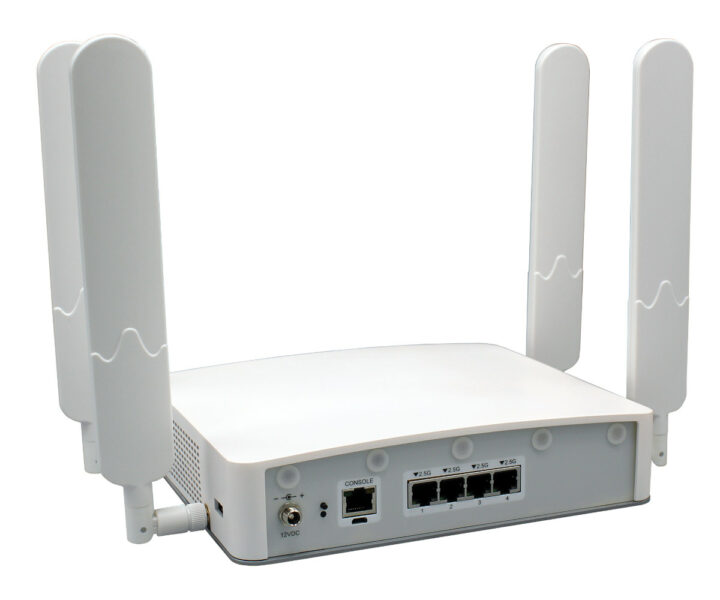Intel Atom C1100, C1110, and C1130 “Arizona Beach” processors have been discreetly launched last year for low-power network appliances and customer-premises equipment (CPE).
The C1100 is a dual-core processor clocked at up to 2.10 GHz, the C1110 a quad-core at up to 2.10 GHz, and the C1130 is an octa-core processor running at up to 2.5 GHz. All are manufactured with an Intel 7 process, support up to 32GB LPDDR5 memory with ECC, and offer up to twenty PCIe Gen 4 lanes.
Intel Atom C1100 | Intel Atom C1110 | Intel Atom C1130 |
|
|---|---|---|---|
| Total cores | 2 | 4 | 8 |
| CPU frequency | 2.10 GHz | 2.50 GHz |
|
| TDP | 10W | 13W | 32W |
| Cache | 6MB |
||
| Total L2 cache | 2MB | 4MB |
|
| Max memory size | 32GB with ECC |
||
| Memory type | LPDDR5, 5200 MT/s, x64 |
||
| PCIe | Up to 20 PCIe Gen 4 lanes |
||
You’ll find a more detailed comparison on Intel Ark. They serve the same markets as the Atom Denverton processors introduced several years ago.

We could find at least one product using the new Atom C1100, C1110, and C1130 processors with Silicom’s Valencia network appliance that offers up to 16GB LPDDR5, UFS, eMMC, and SSD storage, four native 2.5GbE ports, optional 10G SFP+ and PoE++, support for dual 4G/5G cellular cards, support for Wi-Fi 6/6E cards, as well as high-performance AI cards. Further information about the network appliance may be found on the product page.
Via ServeTheHome, and thanks to TLS for the tip.

Jean-Luc started CNX Software in 2010 as a part-time endeavor, before quitting his job as a software engineering manager, and starting to write daily news, and reviews full time later in 2011.
Support CNX Software! Donate via cryptocurrencies, become a Patron on Patreon, or purchase goods on Amazon or Aliexpress




